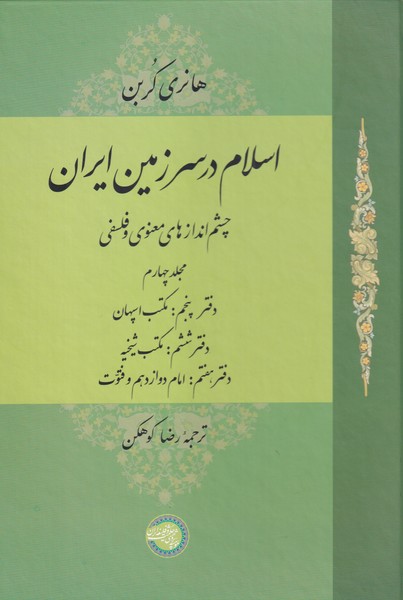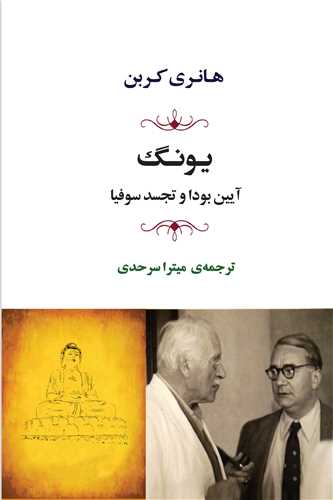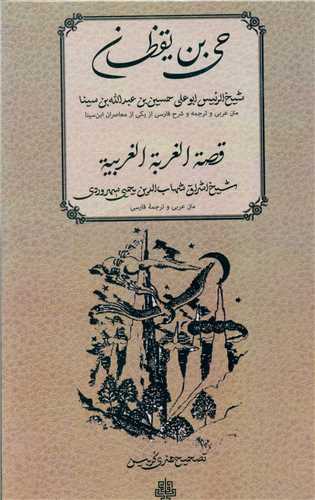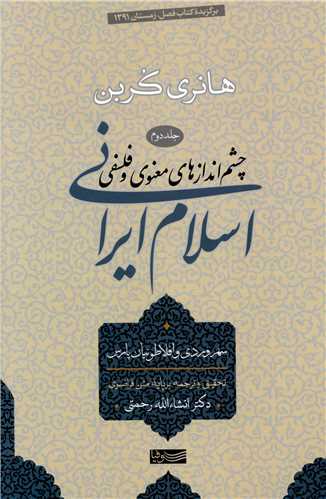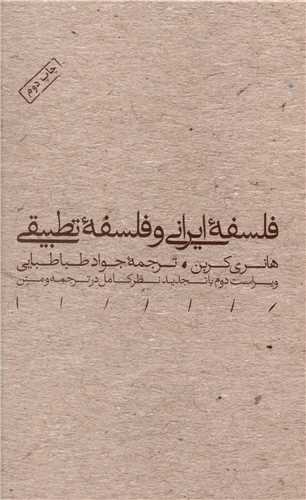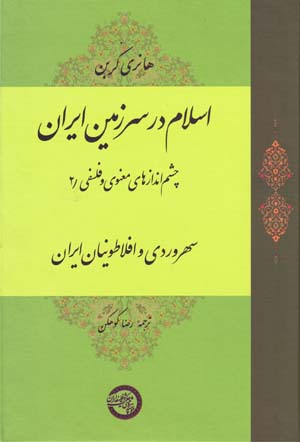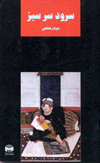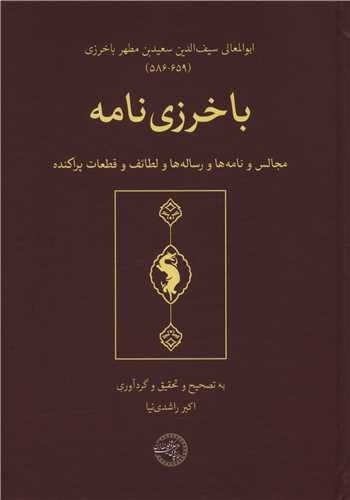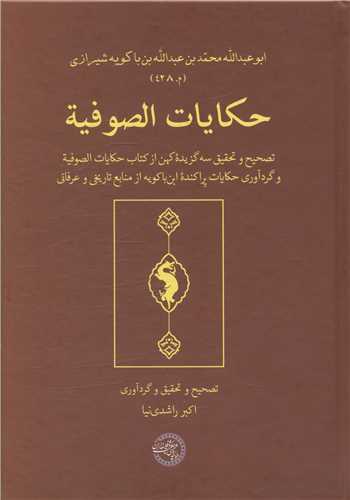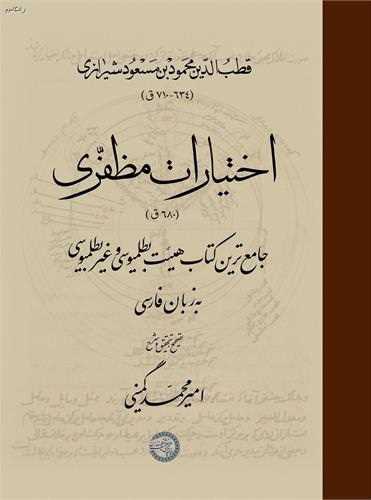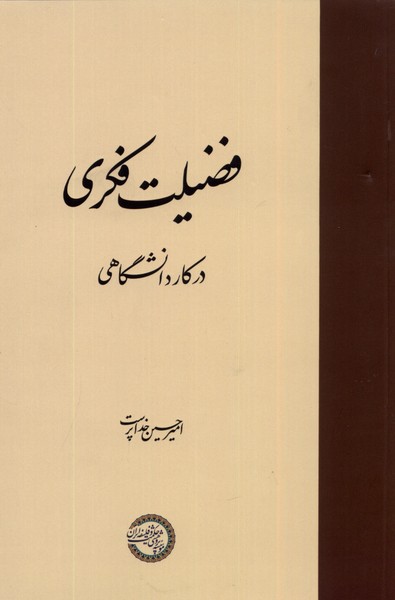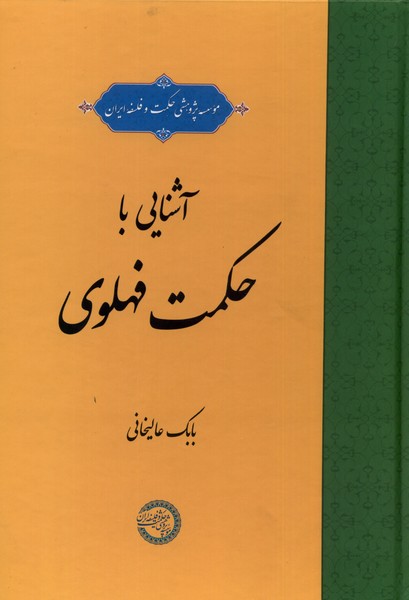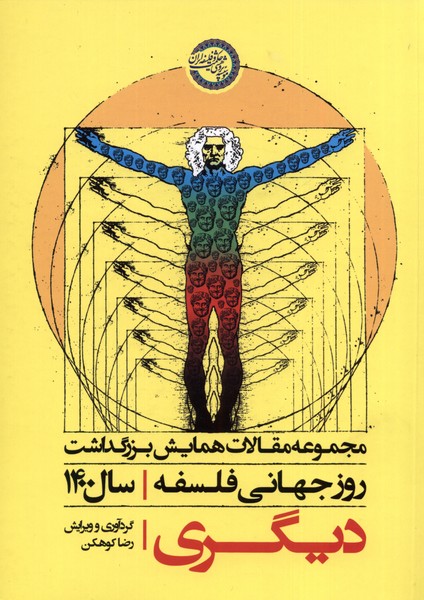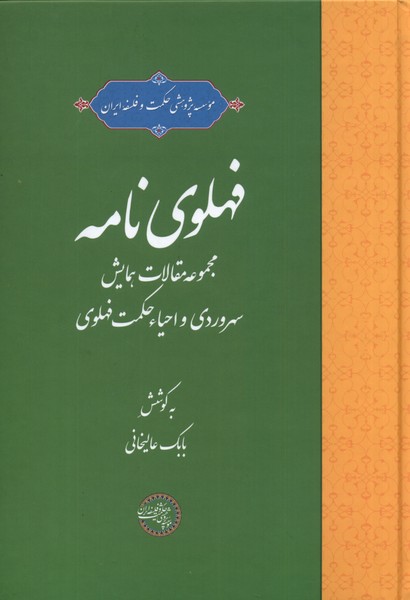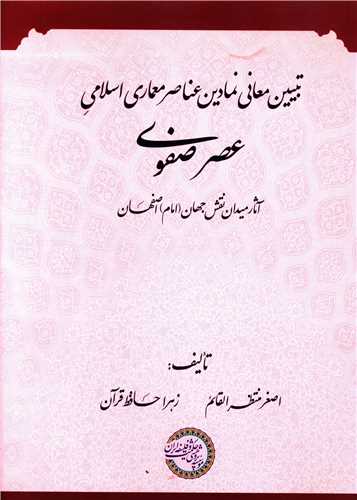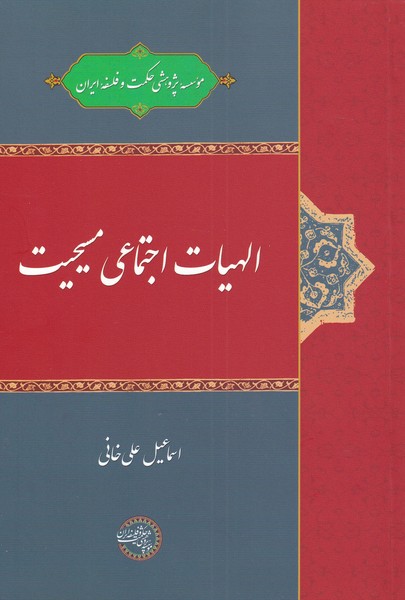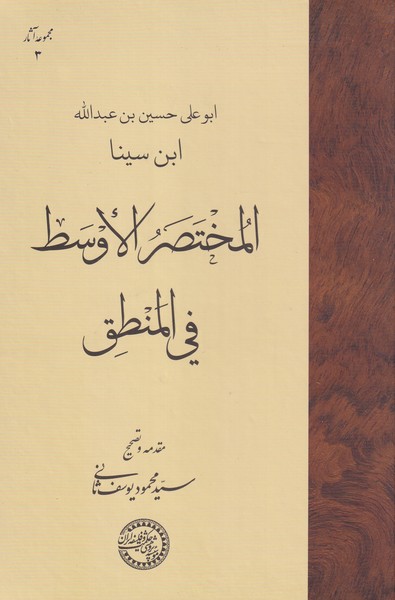Islām dar sarzamīn-i Īrān (jild-i chahārum): Persian 2021
اسلام در سرزمین ایران (مجلد چهارم)
28.99 $
Share
Wishlist
Original Title:
EN ISLAM IRANIEN: ASPECTS SPIRITUELS ET PHILOSOPHIQUES
ISBN:
9786226331258
Translator:
Ri ̤zā Kūhkan
Age Group:
Adult
Pages:
668
Weight:
960 g
Dimensions:
18 x 25 x 7 cm
Book Cover:
Hard Cover
Subjects:
The importance and high status of the huge works of Henry Carbone (1903-1978) are not hidden from researchers. Karbon put the research on the Shia school at the heart of Islamic studies when the West's understanding of Islam was mostly through Sunni texts and Shia was often presented as a heretical and political sect. At the end of his life, when he had matured more than before after a lifetime of demanding and loving exploration of Islamic mysticism and wisdom, he published an extract of his most important research in a four-volume collection entitled En Islam iranien, aspects spirituels et published philosophiques. The effort to translate this work into the Persian language, as evidenced by Seyyed Hossein Nasr's reference in Henry Carbone's celebration book, started from the era of printing before the Islamic Revolution and continued. But these efforts were unsuccessful for various reasons. The most important of these reasons is the inherent characteristics of the French text itself. Carbon's relatively heavy writing style, a lot of use of Latin and Greek words, and even the invention of new French words to convey the meaning of Persian and Arabic texts, as well as numerous references in a comparative perspective to ancient Iranian, ancient Greek, Christian and Hormese texts, including There are reasons that have made it difficult to understand his works even for the French themselves.
more
اهمیت و جایگاه والای مجموعهآثار عظیم هانری کربن (1903-1978) بر اهل تحقیق پوشیده نیست. کربن زمانی تحقیقات دربارۀ مکتب تشیع را در بطن تحقیقات اسلامشناسی قرار داد که شناخت غرب از اسلام بیشتر از طریق متون اهل سنت بود و شیعه، غالبا به عنوان فرقهای بدعتگزار و سیاسی معرفی شده بود. وی در اواخر حیات خویش، آنگاه که پس از یک عمر طلب و کاوش عاشقانه در عرفان و حکمت اسلامی، بیش از پیش، به پختگی رسیده بود، عصارهای از مهمترین پژوهشهای خود را در مجموعهای چهار جلدی تحت عنوان En Islam iranien, aspects spirituels et philosophiques منتشر کرد. تلاش برای ترجمۀ این اثر به زبان فارسی، چنانکه اشارۀ سیدحسین نصر در جشننامۀ هانری کربن گواه آن است، از همان دوران چاپ در قبل از انقلاب اسلامی آغاز شد و همچنان ادامه یافت. اما این تلاشها به دلائل مختلف ناموفق بود. مهمترین این دلائل برخاسته از خصوصیات ذاتی خود متن فرانسه است. سبک نگارش نسبتا ثقیل کربن، استفادۀ بسیار از واژههای لاتین و یونانی و حتی گاه ابداع واژههای جدید فرانسوی برای انتقال معانی حکمی متون فارسی و عربی و نیز ارجاعات متعدد در یک دیدگاه تطبیقی به متون حکمی ایران باستان، یونان باستان، مسیحی و هرمسی از جمله دلائلی است که فهم آثار او را حتی برای خود فرانسویها نیز دشوار کرده است.
more

